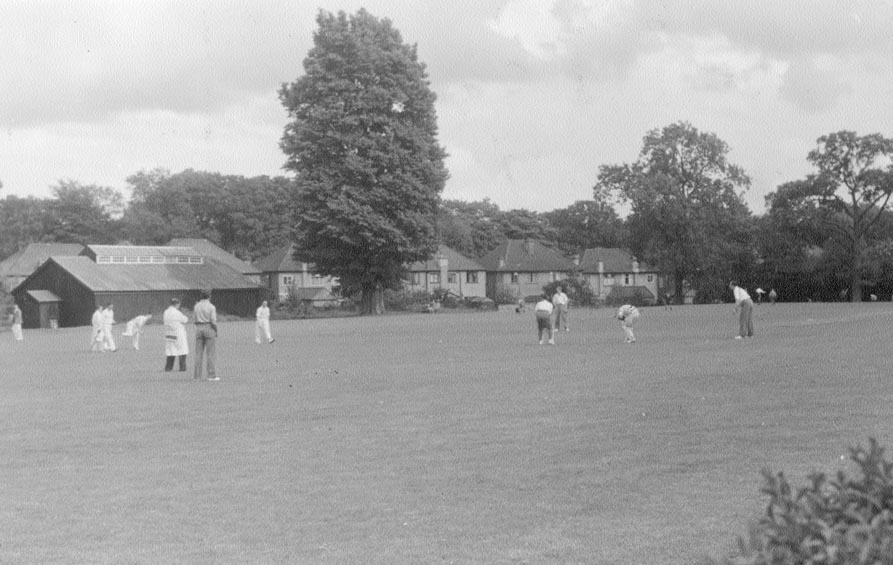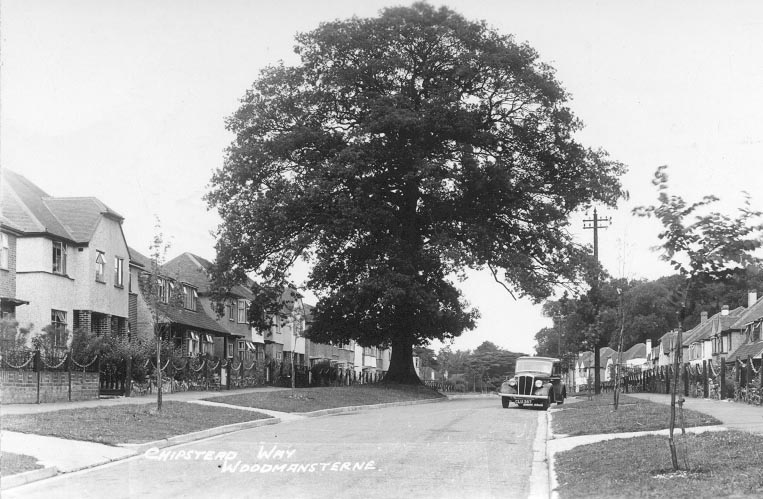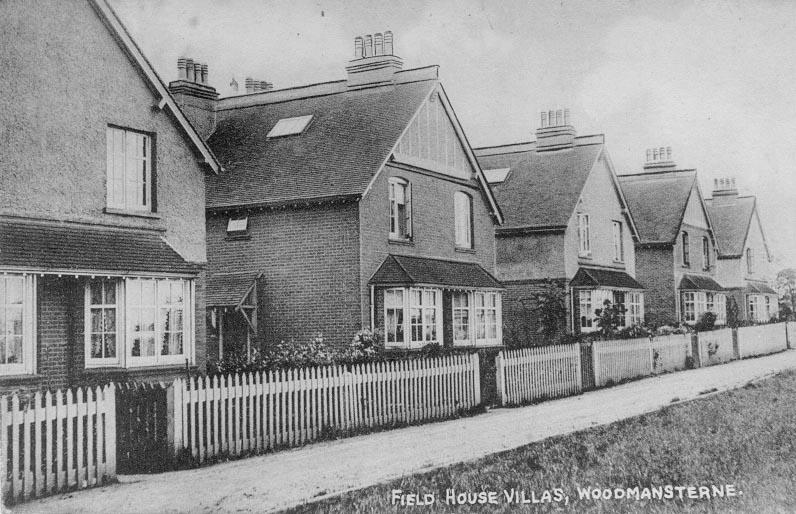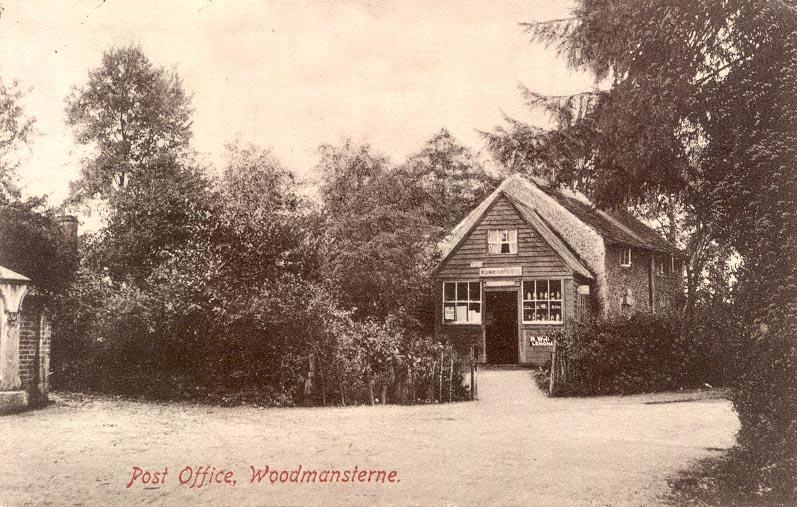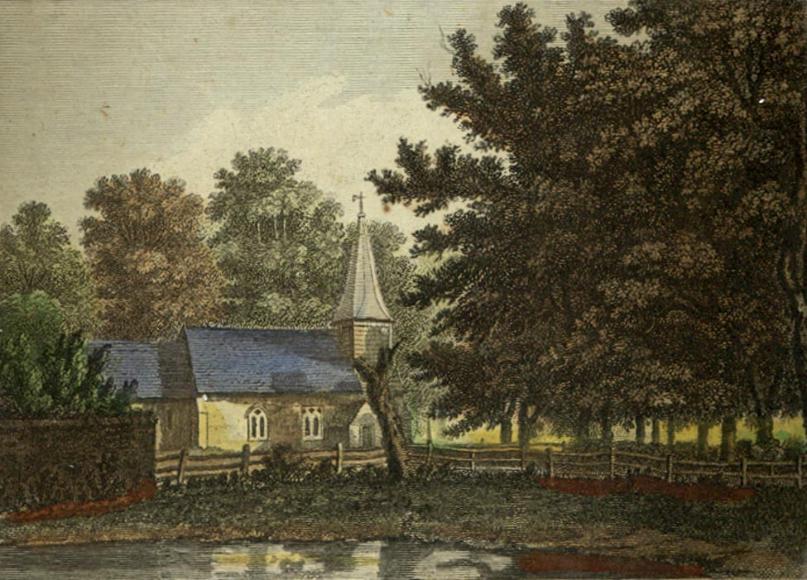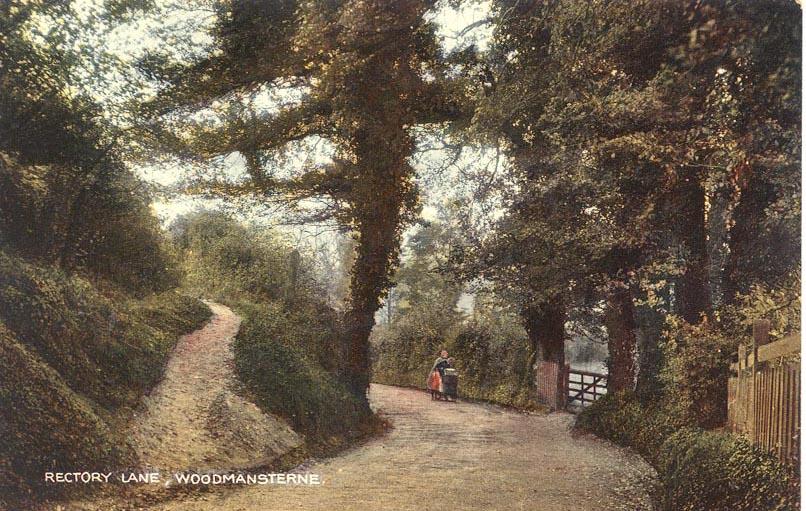A BRIEF HISTORY OF WOODMANSTERNE
From findings of flint tools and ancient artefacts there is evidence in and around Woodmansterne
of Neolithic, Iron and Bronze Age settlements also Roman and Anglo Saxon occupation, (see Early
Banstead by the Banstead History Research Group available at Banstead Library).
Woodmansterne is mentioned in the Doomsday Book in 1068 although, from earlier records, there
was probably an older church made of wood dating from before the Norman Conquest. The name
Woodmansterne in the Doomsday Survey was 'ODEMERESTOR': 'Tor' being an old English word for
hill, 'Mere' a pond and 'Ode' an Anglo Saxon form of wode or wood, therefore the village literally
on 'the wood ponds hill'. Woodmansterne certainly was a village set on a wooded hill with several
ponds.
In 1174 the name was spelt 'WUDEMARESTHORNE'; in 1270 WODEMERESTHORNE', in the 14th
Century 'WODMERSTHORNE' , in the 16th Century 'WODEMANNESTERNE', 'WOODMERSTORNE'
and a little later 'WOODMANSTONE'. In 1292 Woodmansterne had close ties with the Monks of Bec
in Normandy, paying an annual portion of the parish chuch's income to this peaceful monastic
settlement, accepted as being the cradle of Anglo Norman culture and religious development.
During the Middle Ages, land in Woodmansterne was mainly in the hands of the church, the Lords
of the Manor and various landowners. In the 16th, 17th and 18th Centuries the village was still
quite small with sheep grazing on the downlands and woodlands.
Much more detail can be obtained from 'A History of the Surrey Village of Woodmansterne'
(Parts 1 & 2) by D.W. Busfield which is available in Banstead Library and is well worth reading.
